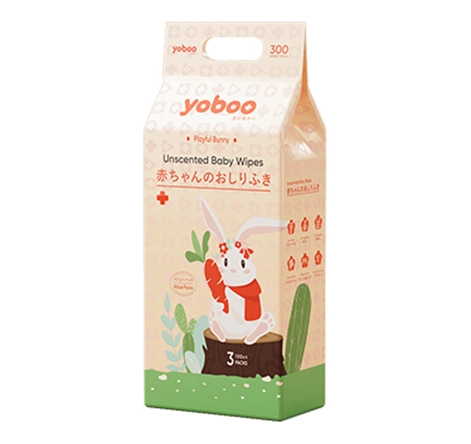In daily life, babies often come into contact with soothers. As you can imagine, a suitable pacifier plays a significant role in the healthy growth of babies. However, many parents have some misconceptions when choosing pacifiers, so moms and dads should pay attention after reading this article.
Misconception 1: Using unsuitable pacifiers
When purchasing silicone soothers, people often only pay attention to the brand without considering whether the selected nipple size is suitable for their own child. In fact, each age stage of a baby requires a corresponding pacifier. Common sizes of silicone soothers are as follows:
Small round hole (for newborns only): This is the smallest size of pacifier, suitable for infants within one month after birth.
Small round hole (S size): Suitable for newborns from 0 to 3 months who cannot control the amount of milk they drink.
Medium round hole (M size): Suitable for babies aged 3 to 6 months who spend too much time sucking milk with the S size pacifier. When using this pacifier, the amount of milk sucked and the number of sucking motions are very similar to those when breastfeeding.
Large round hole (L size): Suitable for babies over 6 months old or babies who spent too much time using the above two pacifiers but still don't get enough milk and have light body weight. Cross-shaped hole: This is a universal pacifier that can adjust the flow according to suction strength. It is suitable for drinking juice, rice cereal, or other coarse-grained drinks, and can also be used for nursing.
Milk flows automatically from the round hole silicone pacifier for newborn, allowing babies with weaker suction power to drink milk effortlessly. Since the milk flows automatically, it is important to be cautious about the angle when putting it into the baby's mouth. It should enter the baby's mouth at a 45-degree angle to allow the milk to flow out slowly and naturally. When using this pacifier, moms should never insert it into the baby's mouth vertically, as it may cause the baby to choke. In addition, there is also a cross-shaped pacifier, which controls the flow according to the baby's suction strength, allowing milk to flow out by squeezing the upper and lower jaws. It not only brings joy to the baby while drinking milk but also exercises their oral biting ability. It is not recommended for very small babies, but slightly older babies can try this type of pacifier.
Misconception 2: Ignoring the material of the pacifier
Poor-quality materials may even produce harmful substances that enter the baby's body through sucking. For the sake of the baby's health, we must say no to these poor-quality materials. Generally, pacifiers are made of latex or silicone. Latex pacifiers are made of natural rubber and have a texture similar to nipples. Babies usually prefer them. However, they need to be replaced after 3-4 weeks of use because they are prone to aging and emit a rubber smell. Silicone pacifier for newborn do not have a rubber odor, are more easily accepted by babies, and are less prone to aging. They are heat-resistant and corrosion-resistant. Silicone soothers usually have a lifespan of about 2 months.
Misconception 3: Neglecting the air vent design of the pacifier
Watching the baby happily suck on the pacifier, do you also feel happy? However, if parents do not pay attention to the air vent problem of the pacifier, it may cause hidden dangers. When the baby sucks on the pacifier, they will inhale air into their mouth along with the suction frequency. If these inhaled gases are not expelled in time, the baby may experience stomachaches, vomiting, or burping.













